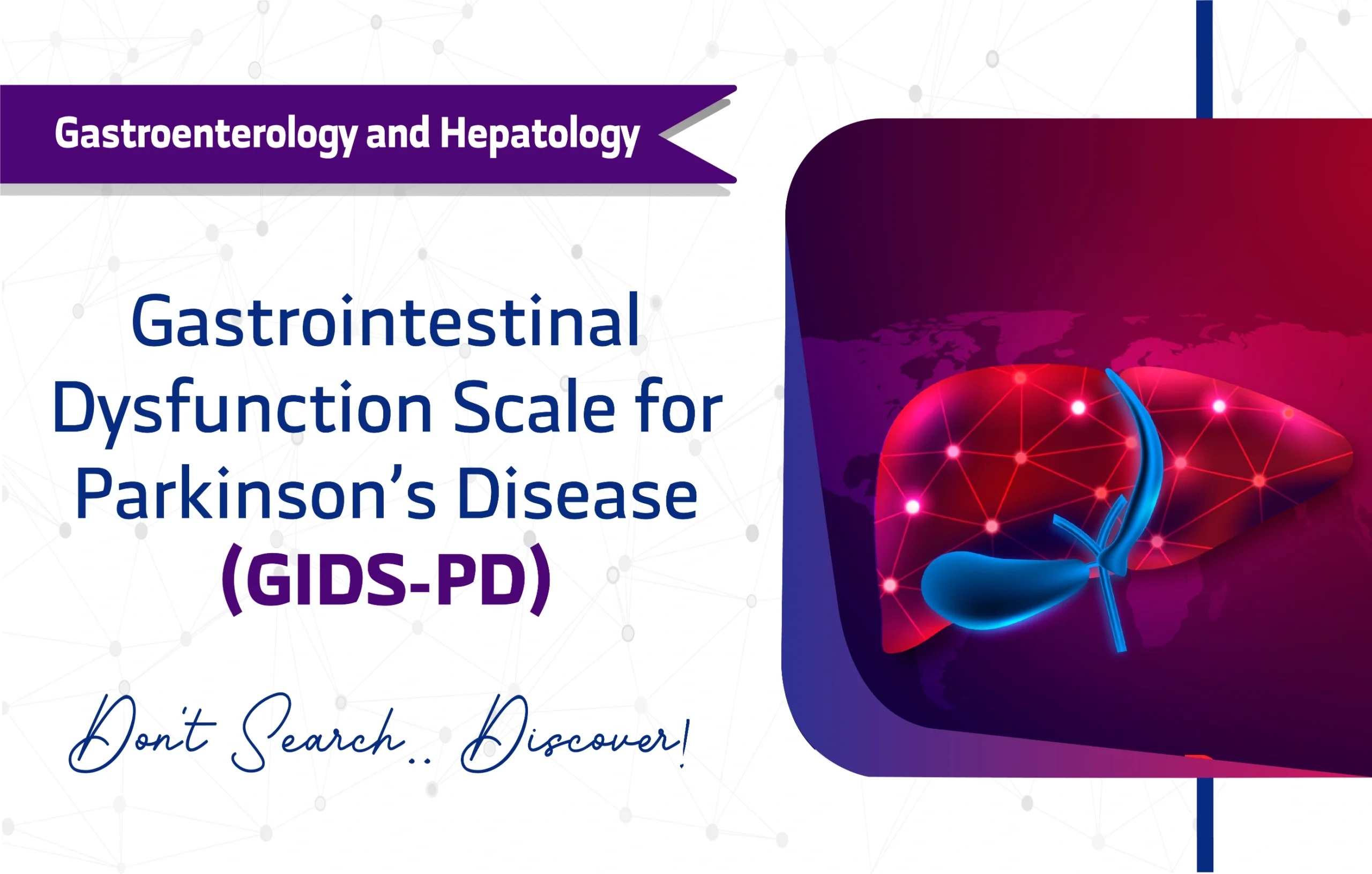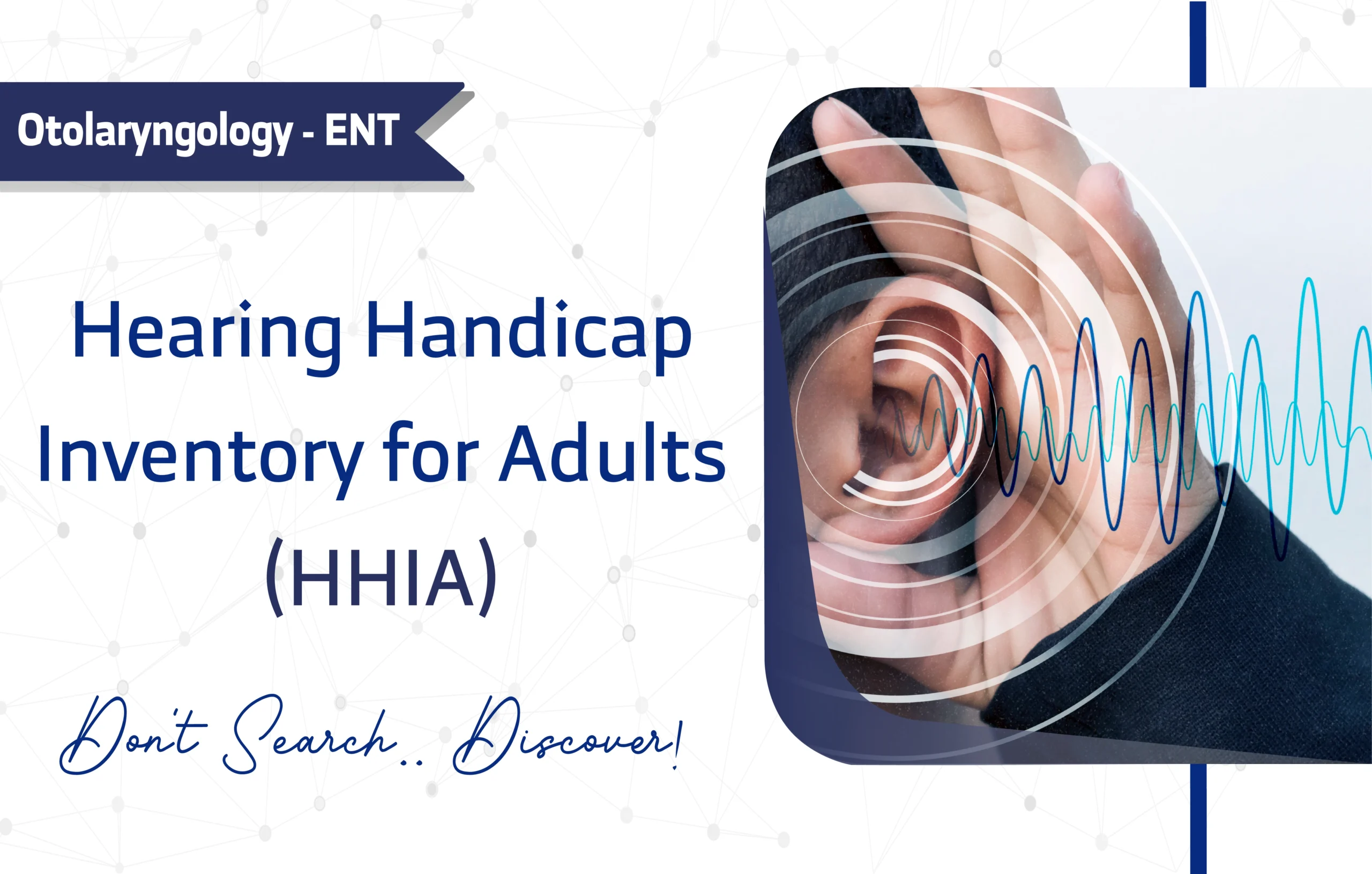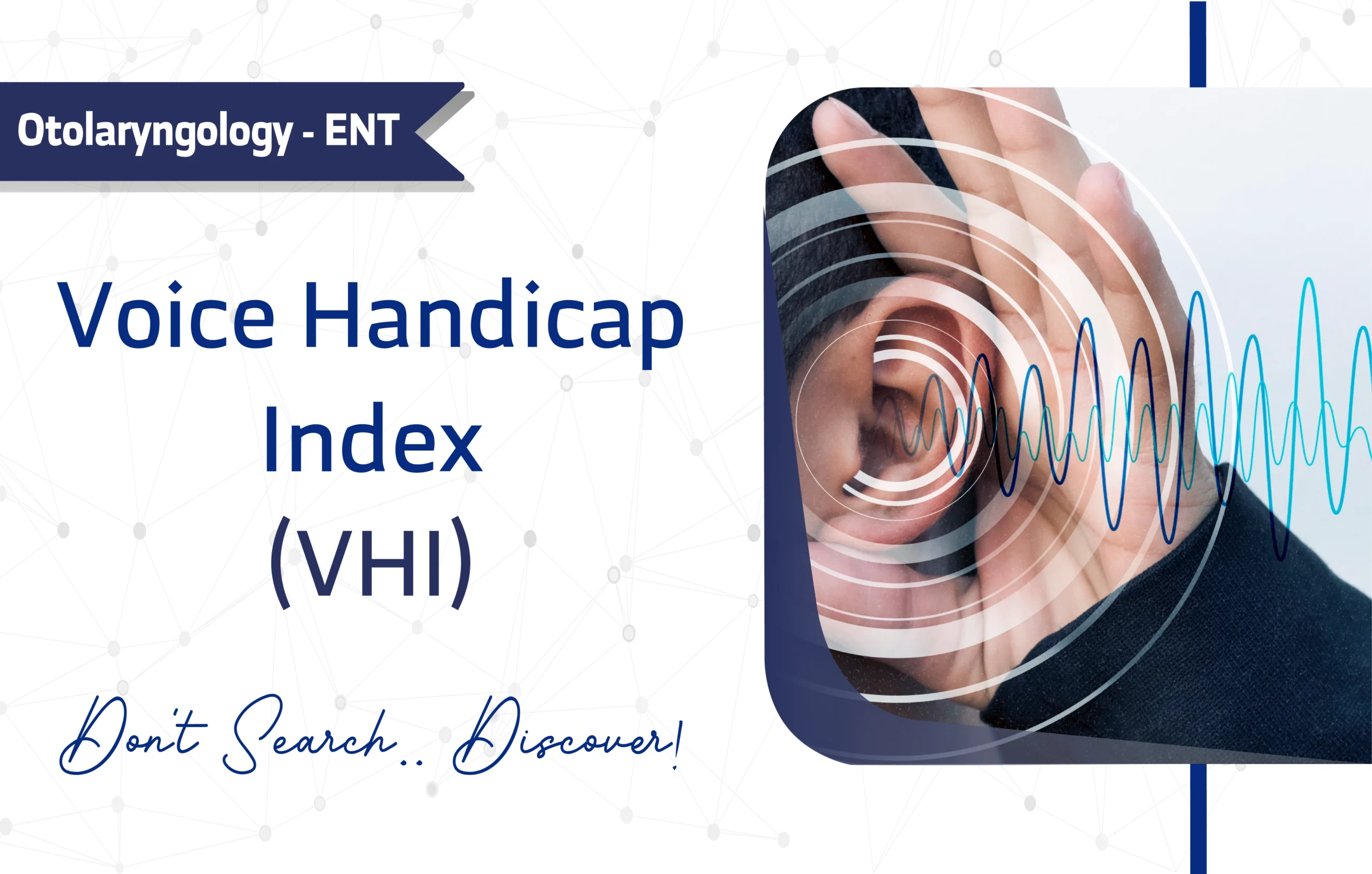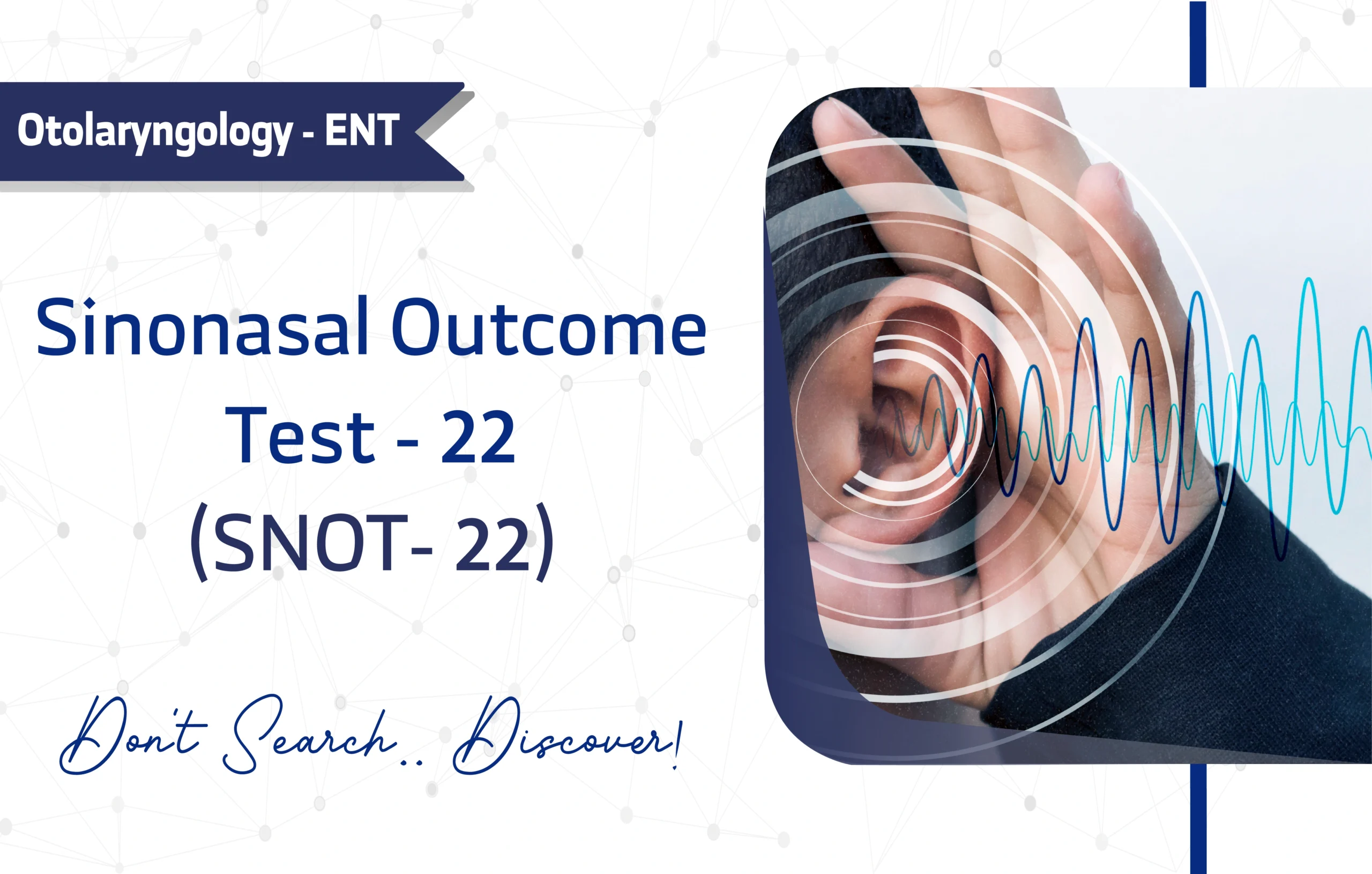Introduction
In 2021, Marta Camacho, Julia C. Greenland, and Caroline H. Williams-Gray actively developed the Gastrointestinal Dysfunction Scale for Parkinson’s Disease (GIDS-PD), a specialized self-report instrument. They intentionally crafted it to quantitatively assess the presence and severity of gastrointestinal symptoms in individuals with Parkinson’s Disease (PD). Since its debut, the tool has rapidly gained recognition, accumulating over 25 citations on Google Scholar. Consequently, this widespread adoption underscores its significant impact and utility in both research and clinical settings.
This article thoroughly explores the GIDS-PD, covering its features, applications, and psychometric properties, to provide actionable insights for researchers and clinicians focusing on Parkinson’s disease.
Key Features of the GIDS-PD
Purpose and Use of the GIDS-PD
The GIDS-PD primarily functions to deliver a standardized, disease-specific assessment of gastrointestinal dysfunction in PD patients. As a result, clinicians actively employ it to screen symptoms, monitor progress, and guide treatment planning. Moreover, in research, it serves as a vital outcome measure for studies exploring non-motor symptoms of Parkinson’s and evaluating intervention efficacy.
Target Population
Developers validated the GIDS-PD for use in adult populations with Parkinson’s disease, specifically including
- Young Adults (18–24 years)
- Middle-Aged Adults (25–44 years)
- Older Adults (45–64 years)
- Seniors (65+ years)
Structure
The GIDS-PD stands as a comprehensive yet concise tool that assesses symptoms over the past six months. Its structure is carefully organized to capture a full spectrum of GI issues.
- Core Items: The scale contains 12 primary questions that evaluate key symptoms grouped into three clinical subdomains:
- Constipation: This section thoroughly covers stool frequency, straining, hard stools, and feelings of incomplete evacuation.
- Upper GI Symptoms: This part assesses difficulty swallowing, excessive saliva, heartburn, and nausea.
- Bowel Irritability: This includes questions on abdominal pain, abnormal stool frequency, bloating or distension, and involuntary weight loss.
- Contextual Data: Separately, the questionnaire includes separate, non-scored lifestyle and medical history items (Section A–F) to provide valuable context, covering diet, daily fluid/caffeine intake, exercise frequency, smoking, and diagnosed GI disorders (e.g., Crohn’s disease, IBS).
Each symptom is evaluated through a dual severity-frequency framework (mild/moderate/severe × occasionally/often/frequently), with operational definitions provided. Additional items capture laxative/fiber use (Q1a) and chronicity of constipation (Q1b). Each item follows a consistent pattern: Primary Yes/No Question: Asks if the symptom occurred in the past 6 months (e.g., “Over the past 6 months, have you experienced straining?”). then Conditional Follow-up (if “Yes”).
Scoring Method of the GIDS-PD
The scoring system for the GIDS-PD is notably straightforward and designed for clinical utility. A total score, which ranges from 12 to 108, is calculated by summing the scores from the 12 symptom items. For each item, a score is derived by multiplying its reported frequency (Occasionally = 1, Often = 2, Frequently = 3) by its severity (Mild = 1, Moderate = 2, Severe = 3). It is important to realize that the score for item 1 (stool frequency) is inverted so that a lower frequency results in a higher score.
Symptoms are grouped into three subscores:
- Constipation (Items 1–4)
- Bowel Irritability (Items 5–8)
- Upper GI (Items 9–12)
Additionally, a cut-off score of ≥9 on the Constipation subscale has been established to effectively discriminate between PD patients with and without constipation.
Administration Format
The GIDS-PD offers flexibility through multiple formats, including:
- Paper-based forms
- Digital online versions
- In-person interviews
- Phone or video call interviews
Administering the GIDS-PD is highly efficient, typically taking only 5-10 minutes to complete. The questionnaire requires no special training and is designed for self-administration.
Applications of the GIDS-PD
The versatility of the GIDS-PD makes it particularly valuable across several applications:
- Screening: It quickly identifies patients experiencing significant GI dysfunction.
- Diagnosis: It aids in the diagnostic evaluation of non-motor symptoms in PD.
- Monitoring: Clinicians can track the severity of GI symptoms over time or in response to treatment.
- Treatment Planning: The detailed subscale scores help tailor therapeutic strategies to specific patient needs.
- Research: It serves as a reliable primary or secondary outcome measure in clinical trials and epidemiological studies.
Languages and Availability
To support its global application, the scale has been translated and validated in several languages besides the original English, for instance:
- Arabic
- Japanese
- Polish
The International Parkinson and Movement Disorder Society owns the GIDS-PD, which is a proprietary tool. For this reason, users must submit a formal request: Permission Request Form
Reliability and Validity
The GIDS-PD enjoys widespread recognition for its reliability and validity. Its psychometric strength stems from a robust Cronbach’s alpha of 0.82, indicating excellent internal consistency. Moreover, validation studies confirm its accuracy in capturing GI dysfunction in PD populations, solidifying its dependability for clinical and research purposes. Relevant studies include:
Limitations and Considerations
Despite its strengths, the GIDS-PD has a few limitations:
- Self-report measure: The GIDS-PD relies entirely on patient-reported symptoms, which may be influenced by memory errors, subjective interpretation of severity, or underreporting (e.g., embarrassment about bowel habits).
- Cultural Bias: Since it was developed in the UK, the scale’s definitions and norms (e.g., regarding diet or bowel habits) may not perfectly translate across different cultures.
- Language Barriers: Although some translations exist, the lack of a wide range of validated versions may, unfortunately, limit their use in multicultural settings (e.g., “straining” or “incomplete evacuation” may not have direct equivalents in some languages, reducing accuracy).
- Limited Validation Studies: As a relatively new scale, more validation studies are certainly needed across diverse PD populations and disease stages.
- Narrow Focus (Limited Domains Covered): Indeed, the tool is intentionally focused on GI symptoms and does not cover other critical motor or non-motor domains like mood or sleep.
- Social Desirability Bias: Finally, patients might underreport symptoms they find embarrassing, such as incontinence or excessive saliva, potentially leading to artificially lower scores.
Other Versions and Related Questionnaires
Currently, there are no official alternative versions of the GIDS-PD, such as a short form. However, for a more holistic assessment of non-motor symptoms in Parkinson’s disease, researchers and clinicians frequently use the GIDS-PD alongside other established instruments like:
- GDQ: the Gut Dysmotility Questionnaire.
- NMSQuest: Non-Motor Symptoms Questionnaire.
- SCOPA-AUT: Scale for Outcomes in PD-Autonomic.
- PDQ-39: The Parkinson’s Disease Questionnaire-39.
- SEIQoL: Schedule for Evaluation of Individual QoL.
Additional Resources
For researchers and clinicians seeking to utilize or better understand the GIDS-PD, the following resources provide essential information and direct access to the instrument:
- Access the questionnaire as PDF from this link
- For Inquiries, contact the International Parkinson and Movement Disorder Society directly at ratingscales@movementdisorders.org or by phone at +1 (414) 276-2145 or by Fax +1 (414) 276-3349 555 E. Wells Street, Suite 1100 Milwaukee, WI 53202-3823 or visit their website www.movementdisorders.org.
Frequently Asked Questions (FAQ)
- Who can use the GIDS-PD?
Clinicians, researchers, and other healthcare providers can use the GIDS-PD for adults (18 and over) with Parkinson’s disease. - How long does it take to complete the GIDS-PD?
Patients and clinicians can typically complete the assessment in 5 to 10 minutes, which makes it highly practical for busy settings. - How is the GIDS-PD administered?
Healthcare teams can administer the questionnaire via paper-based forms, digital platforms, or through an in-person or telehealth interview format. - Is there any cost to using the GIDS-PD?
Yes, the GIDS-PD is a proprietary tool, and therefore, permission from the International Parkinson and Movement Disorder Society is required for each use. To request permission follow this link: Permission Request Form.
A word from ResRef about the GIDS-PD
Experts designed the Gastrointestinal Dysfunction Scale for Parkinson’s Disease (GIDS-PD) to assess the frequency and severity of GI symptoms (e.g., constipation, dysphagia, bloating) over a 6-month recall period. It delivers quantitative subscores (Constipation, Bowel Irritability, Upper GI) and a total score (12–108) based on patient-reported severity and frequency. Although brief and clinically useful, its limitations include cultural/language bias, subjective recall, and limited longitudinal validation. Ultimately, users must obtain permission from the Movement Disorder Society (MDS). For comprehensive GI assessment in PD, clinicians may combine it with objective measures or broader tools like SCOPA-AUT.
References
- Camacho, M., Greenland, J. C., & Williams‐Gray, C. H. (2021). The Gastrointestinal Dysfunction Scale for Parkinson’s Disease. Movement Disorders, 36(10), 2358–2366 Link
- Nowak, J. M., Antoniak, A., Kopczyński, M., Zając, W., Sadowski, K., Milanowski, Ł., Koziorowski, D., & Figura, M. (2024). Validation of Polish version of Gastrointestinal Dysfunction Scale for Parkinson’s Disease. Neurologia I Neurochirurgia Polska, 58(3), 338–346. Link
- Shalash, A. S., Badr, M. Y., Salah, Y., Elgamal, S., Shaimaa Ahmed Elaidy, Eman Abdel‐Mageed Elhamrawy, Hayam Abdel‐Tawab, Hamid, E., Ehab Ahmed El‐Seidy, & Dawood, N. L. (2025). Gastrointestinal Manifestations in Parkinson’s Disease Using a Validated Arabic Version of Gastrointestinal Dysfunction Scale: A Multicenter Study. Movement Disorders Clinical Practice. Link









1 thought on “Gastrointestinal Dysfunction Scale for Parkinson’s Disease (GIDS-PD): A Full Guide for Researchers and Clinicians”
Wow, wonderful blog structure! How long have you ever been blogging for? you make running a blog look easy. The whole look of your site is magnificent, let alone the content!